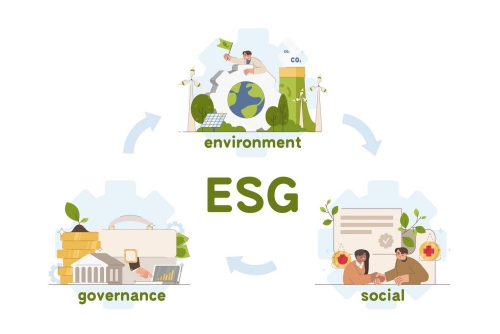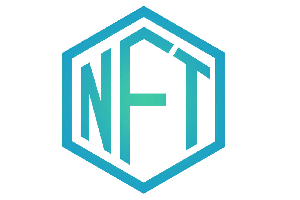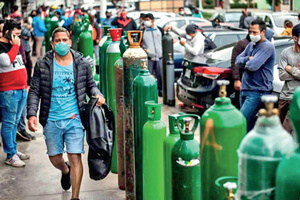Inflation
Inflation, everyone’s talking about it. But what is it?
Maybe you’ve noticed that prices have gone up since the start of the pandemic. Food, transportation, even clothes – all have become more expensive. And you might be wondering, are these price changes here to stay? Let’s talk about inflation.
Simply put, inflation is positive when prices go up. Economists like us keep a close eye on inflation. We measure it in how much prices change over a period of time. Inflation is driven by supply and demand. Lower supply and higher demand can both lead to higher inflation. For instance, pent-up demand and the government stimulus packages contributed to greater demand and rise in the inflation rate after the pandemic. Supply chain disruptions, on the other hand, such as logjams in major ports, combined with the increase in demand for global goods, also pushed up inflation.
But isn’t increased demand really a good thing? In the short run indeed. Inflation can be desirable because it is associated with higher demand and higher growth. However, over the medium and long term, higher inflation rates can actually discourage investment and stall growth.
But when it comes to managing inflation, expectations are key. You may have heard the term, anchoring. Inflation expectations are considered anchored if inflation is close to the central bank target and generally match what consumers expect to pay. Anchored expectations give central banks and governments more scope to pursue policies that stimulate demand. Let me give you an example. If expectations are anchored, central banks can reduce interest rates and spur investment demand without significantly impacting inflation. When prices and people’s expectations go in different directions, that’s de-anchoring. And when that happens, inflation can quickly take off and be very costly to rein back in. That’s why central banks must communicate clearly to anchor inflation expectations, and policymakers must walk a fine line between remaining patient in the support for the recovery and being ready to act quickly.
That brings us to our first question. Will prices keep changing?
Well, we can’t be sure. But recent IMF projections show that inflation will continue to rise before returning to pre-pandemic levels by 2022. But there are some factors that could keep inflation elevated for longer. In advance and emerging markets, these could be surging housing costs and prolonged supply shortages, while in developing and low-income countries, rising food prices and falling currency values could be contributing factors. So while there’s no firm answer on the future of inflation, there are indicators all around us. Paying attention to them, combined with smart policy and timely action from policymakers, will keep prices stable.















